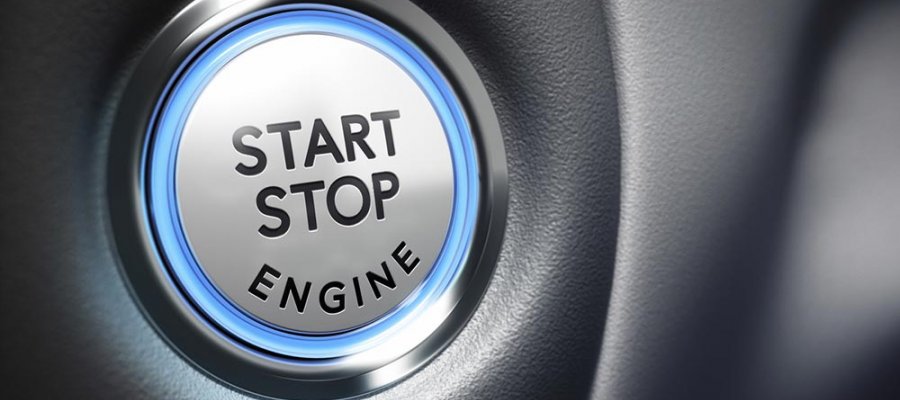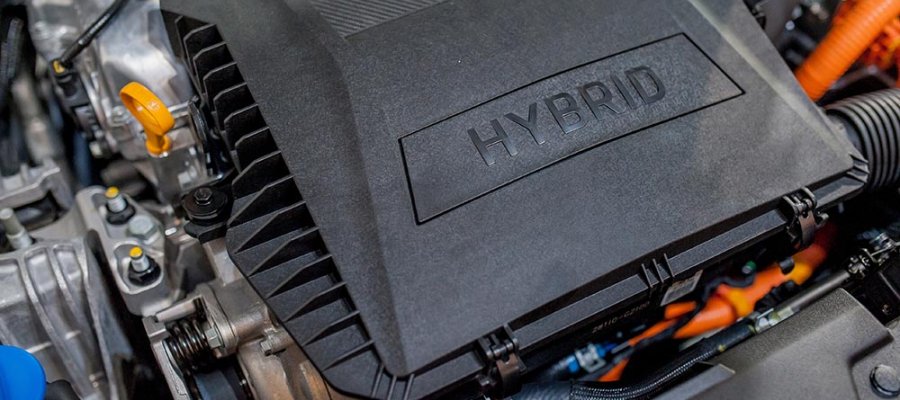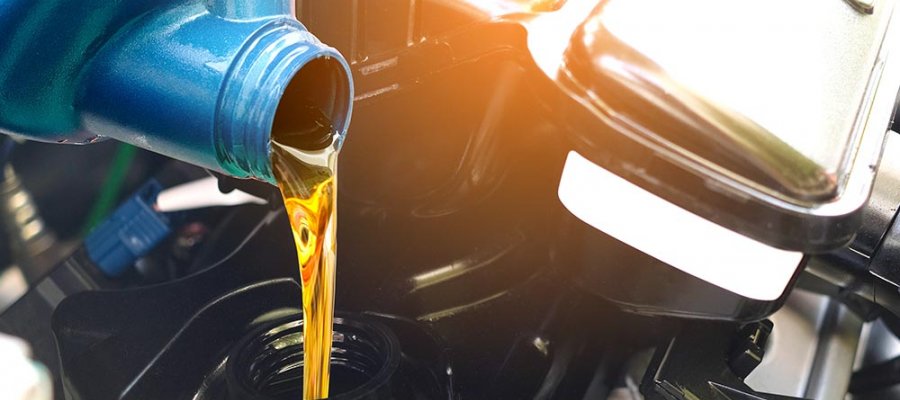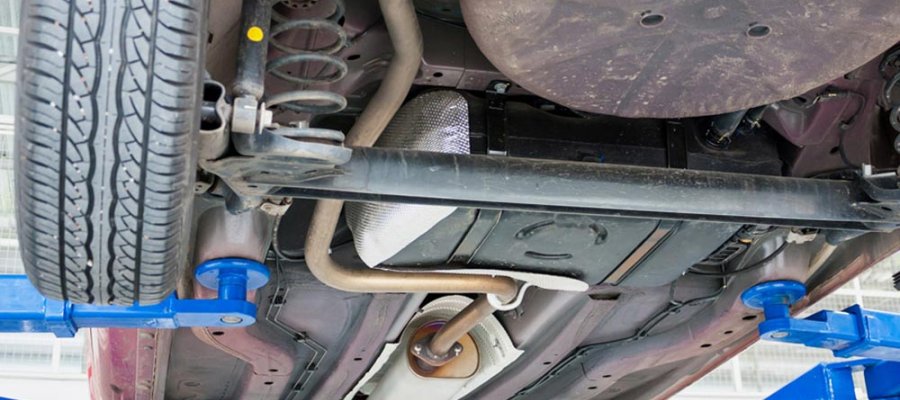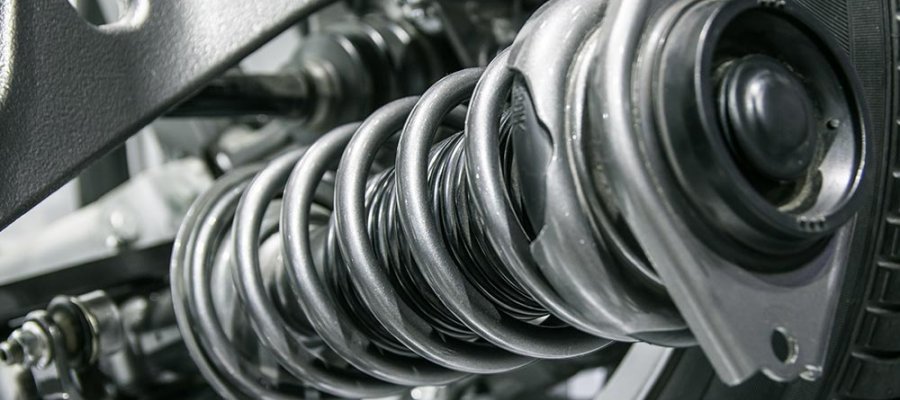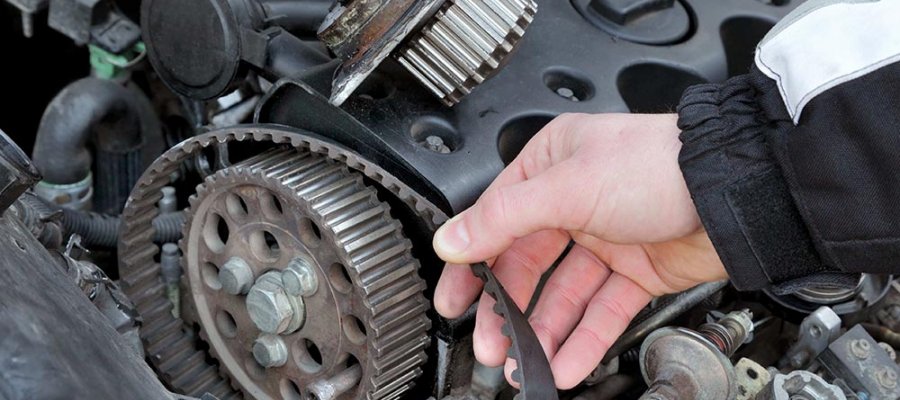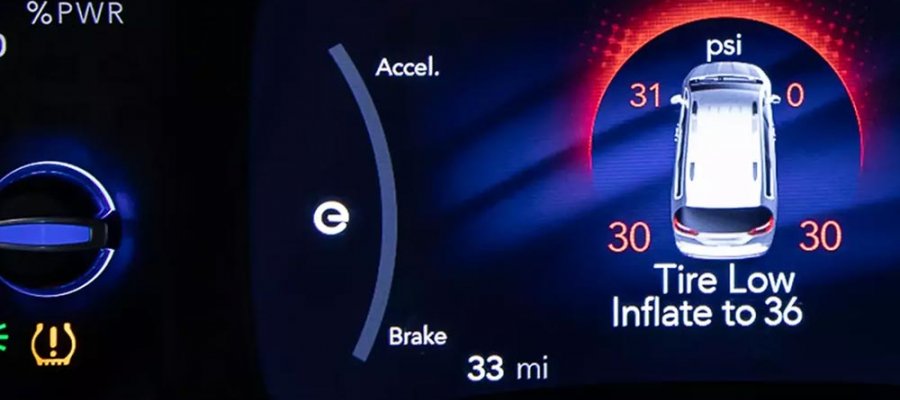There are many systems required for a car to start properly, so regular maintenance is necessary to keep your vehicle starting reliably. First, there are many electrical components needed to start successfully. A well-charged battery…
Expert Hybrid Auto Repair for Every Make & Model Driving a hybrid means you're investing in fuel efficiency and future-focused technology. At PACC Automotive in Santa Clarita, we’re proud to offer specialized hybrid repair and maintenance services to keep your vehicle running smoothly. From hybrid…
The powertrain of your vehicle consists of the engine, transmission or transaxle, and rear differential if you have rear-wheel drive. If you have a gas/electric hybrid, an electric motor or two may also…
A tire-pressure monitoring system (TPMS) is an electronic system designed to monitor the air pressure inside the pneumatic tires on various types of vehicles. These systems are usually battery operated and…
